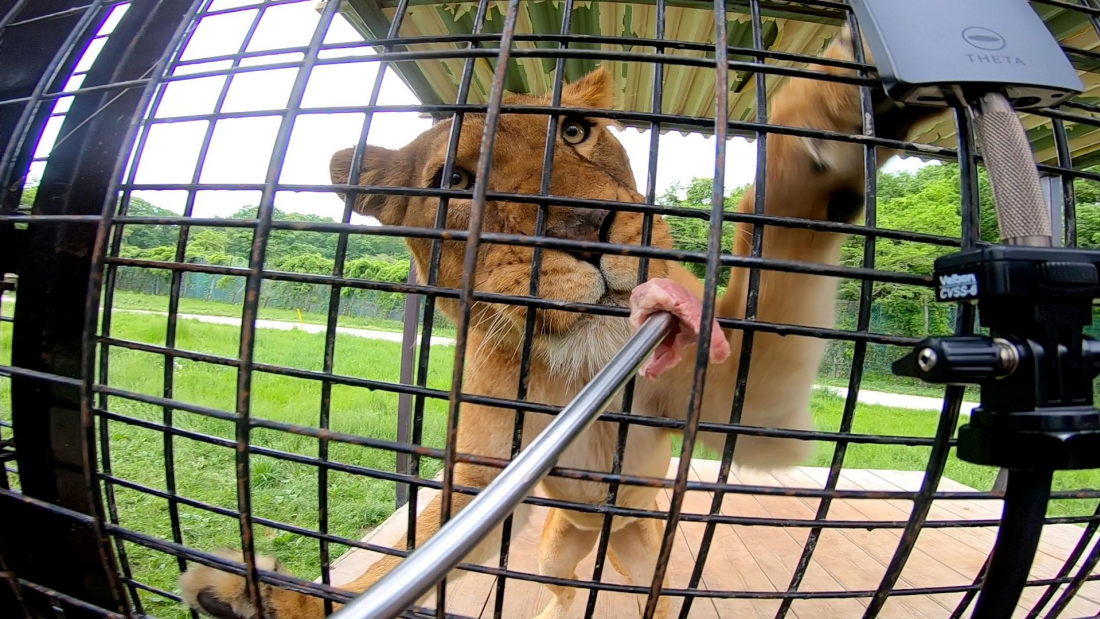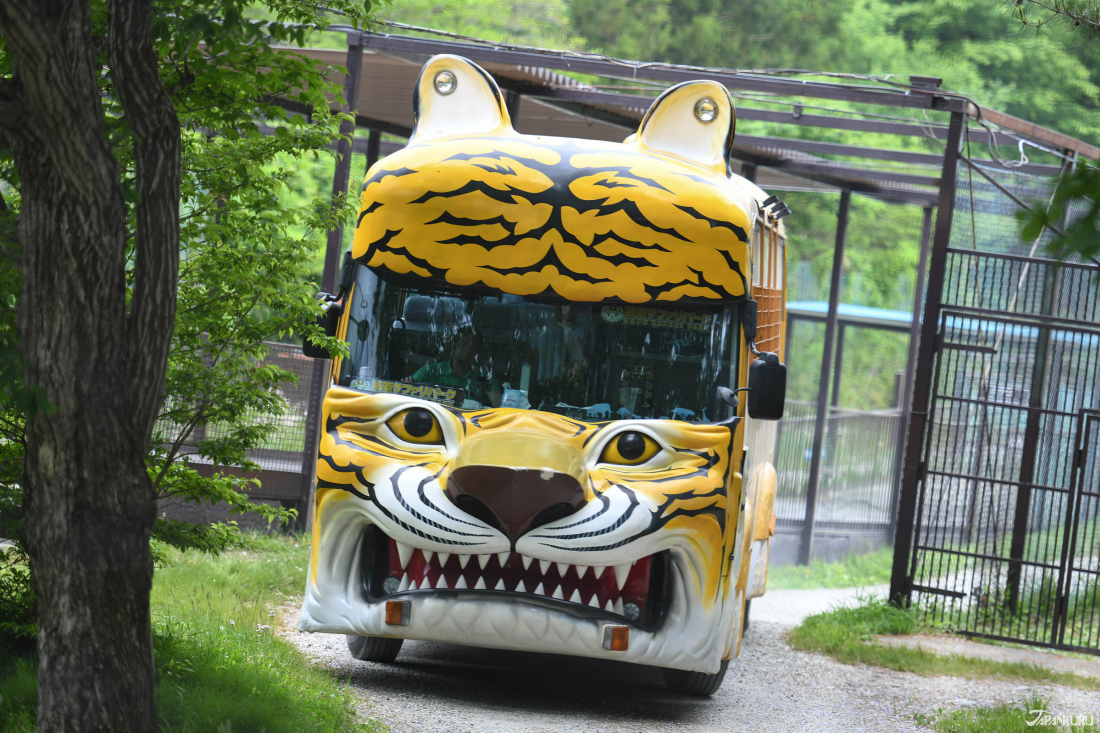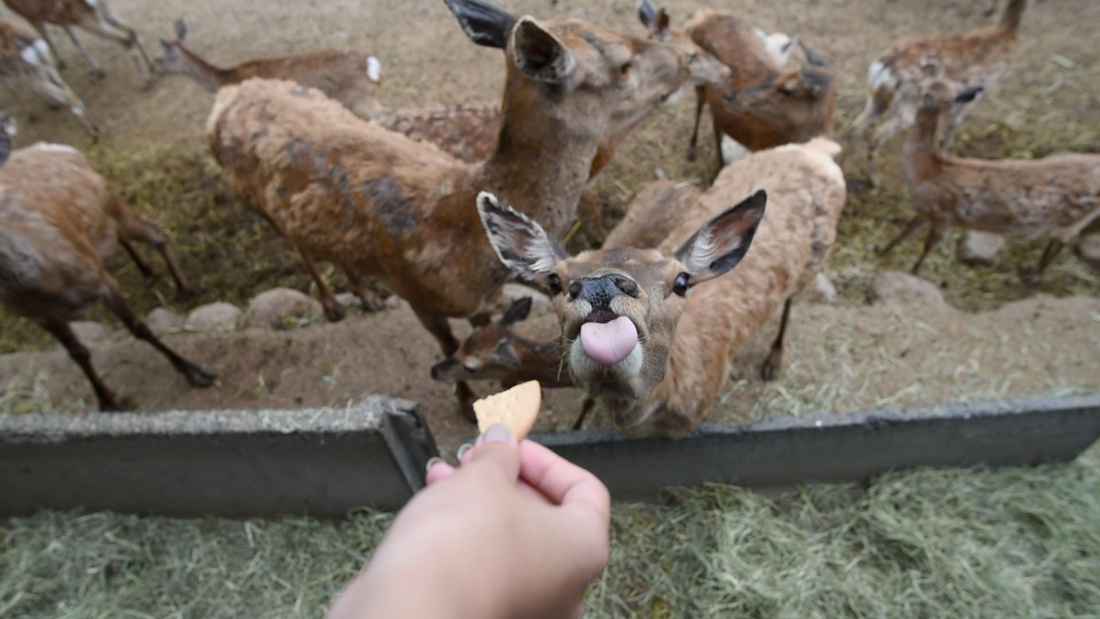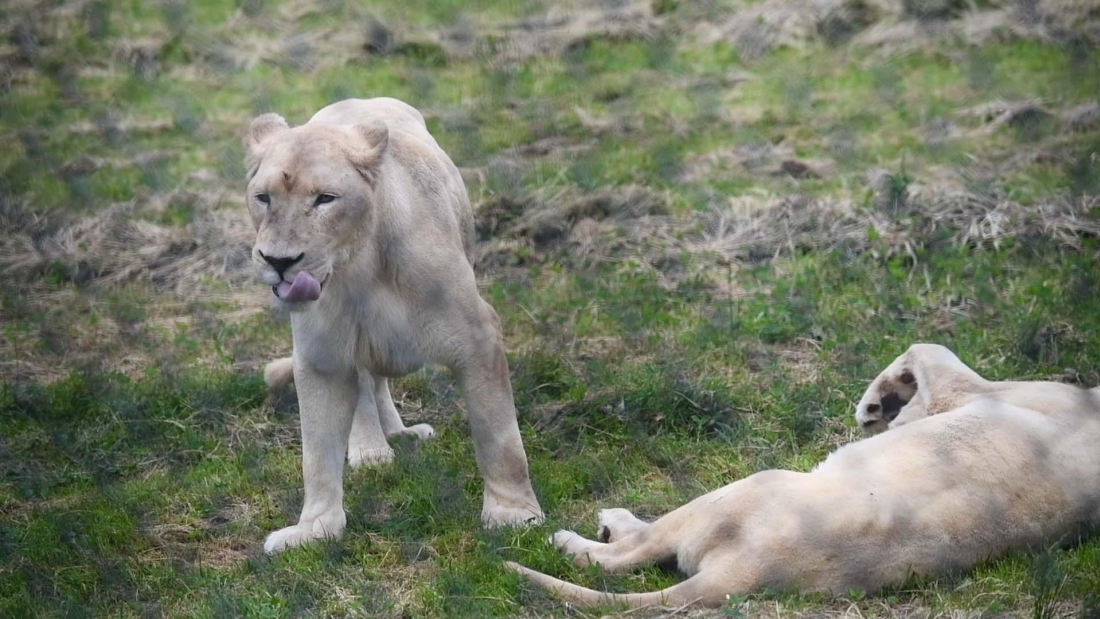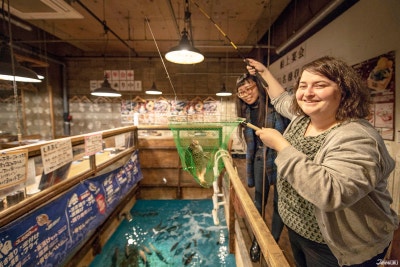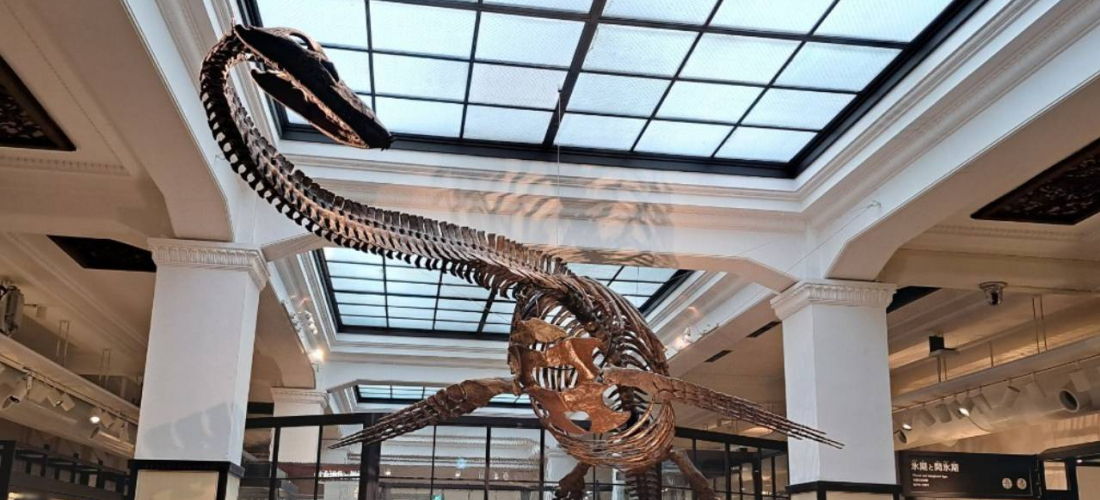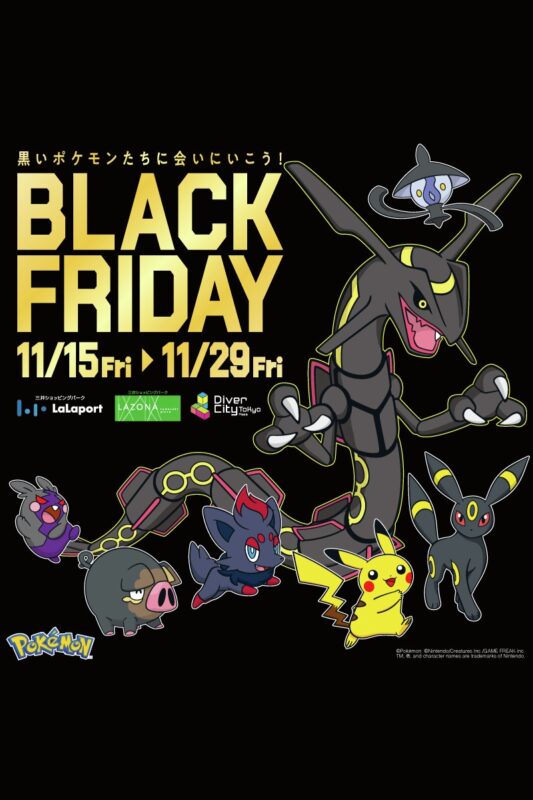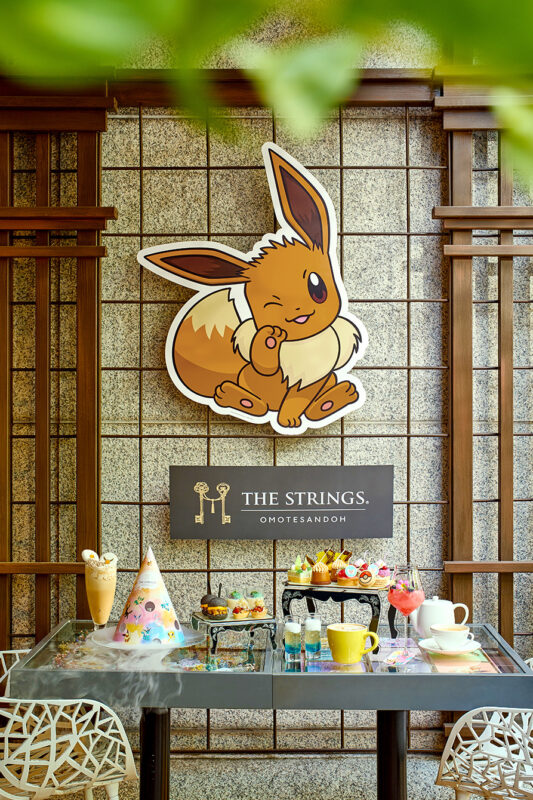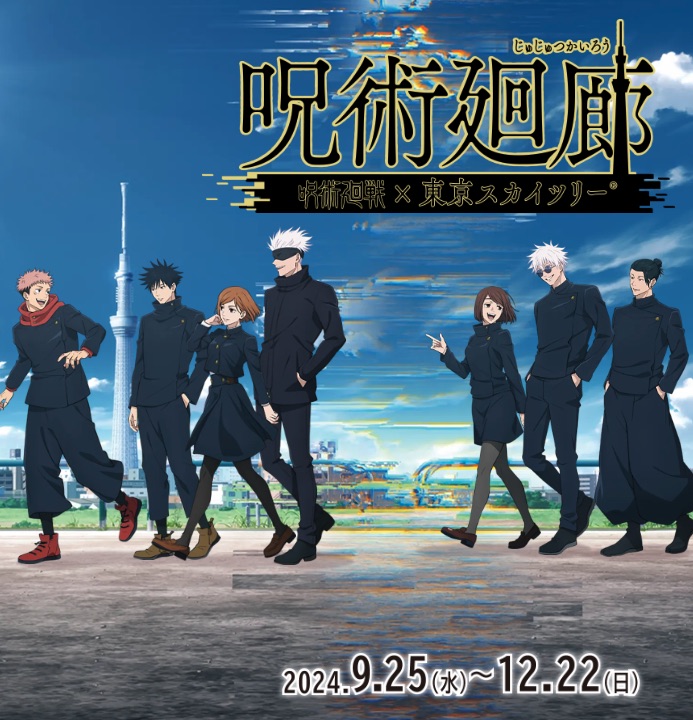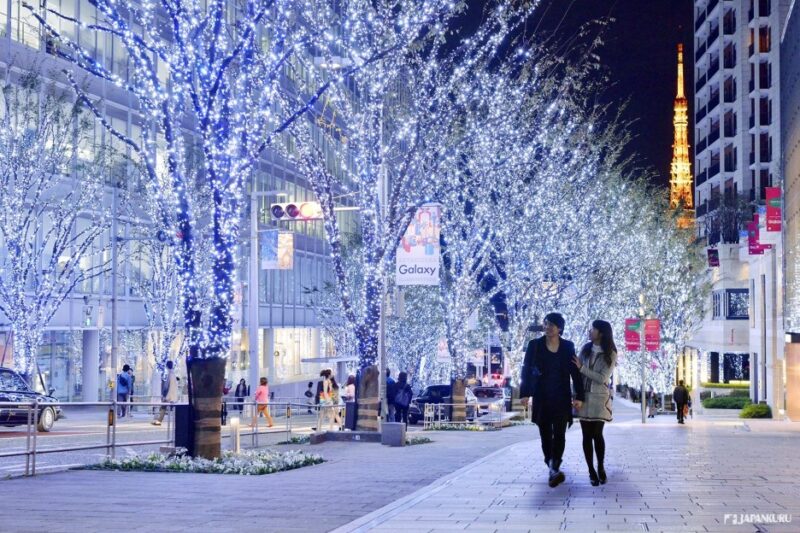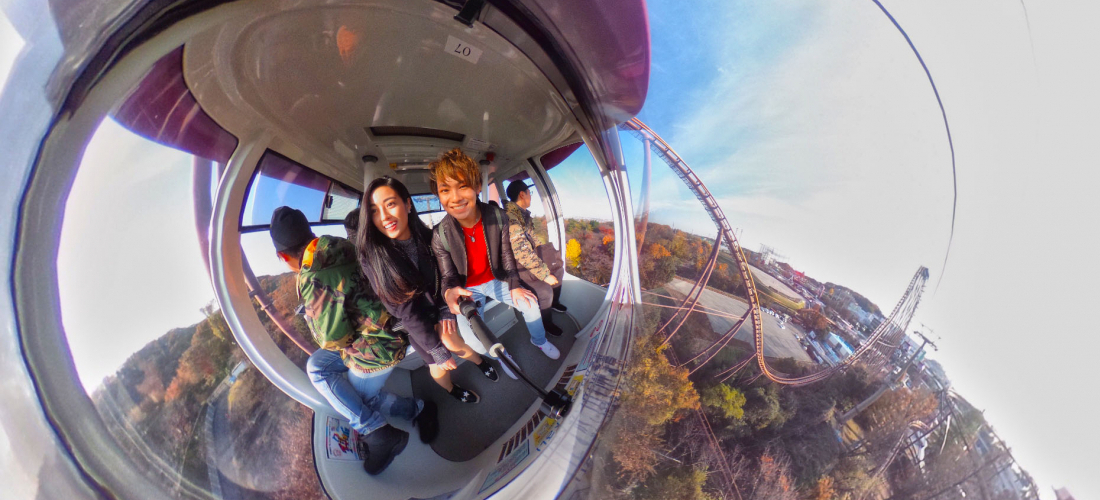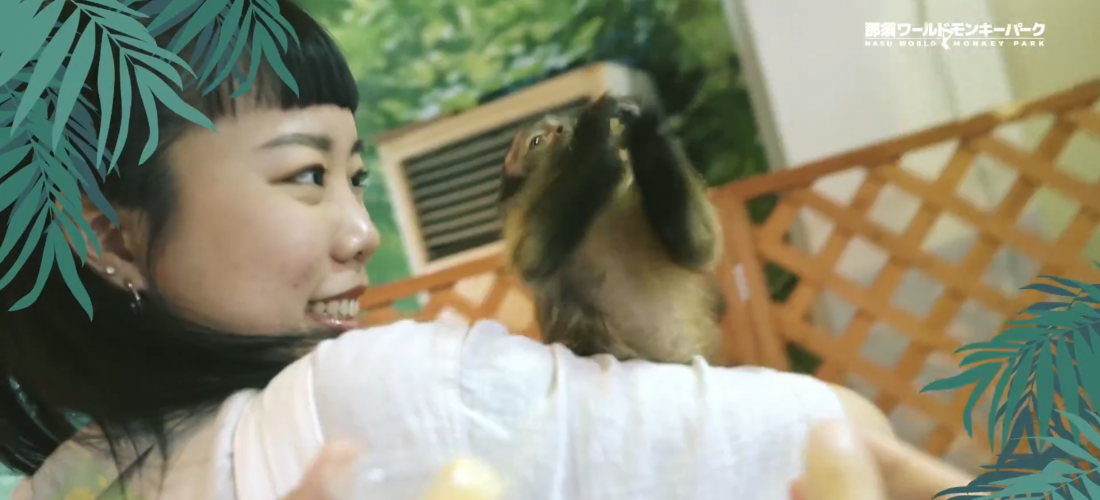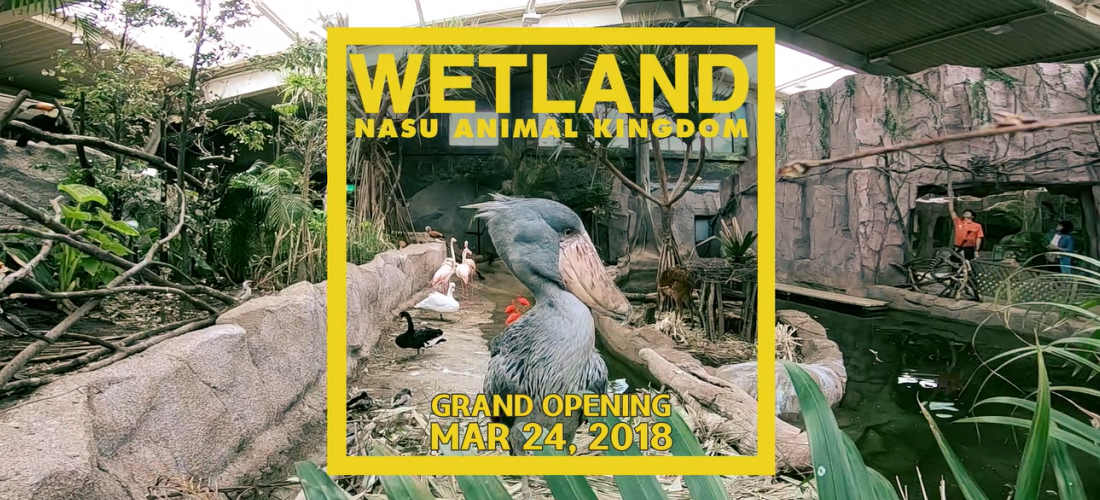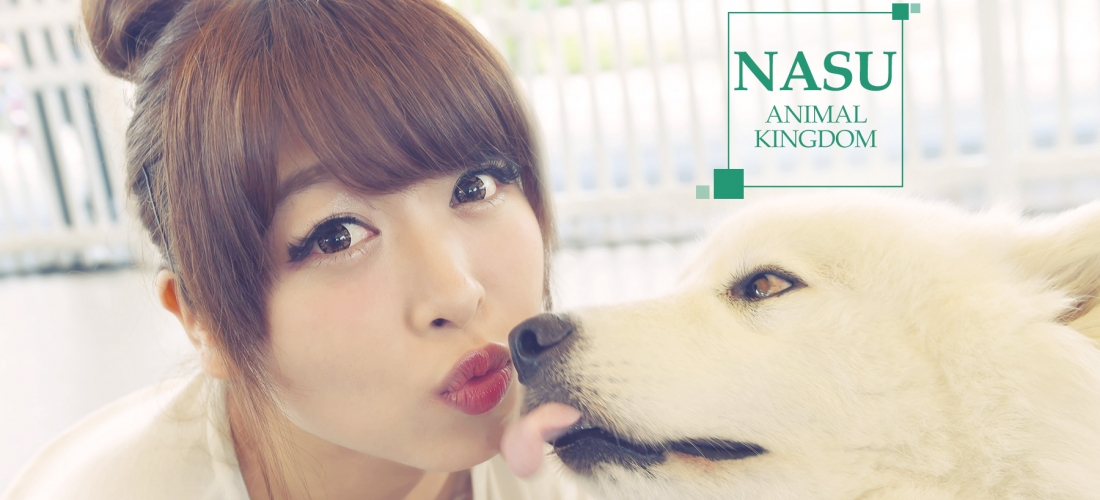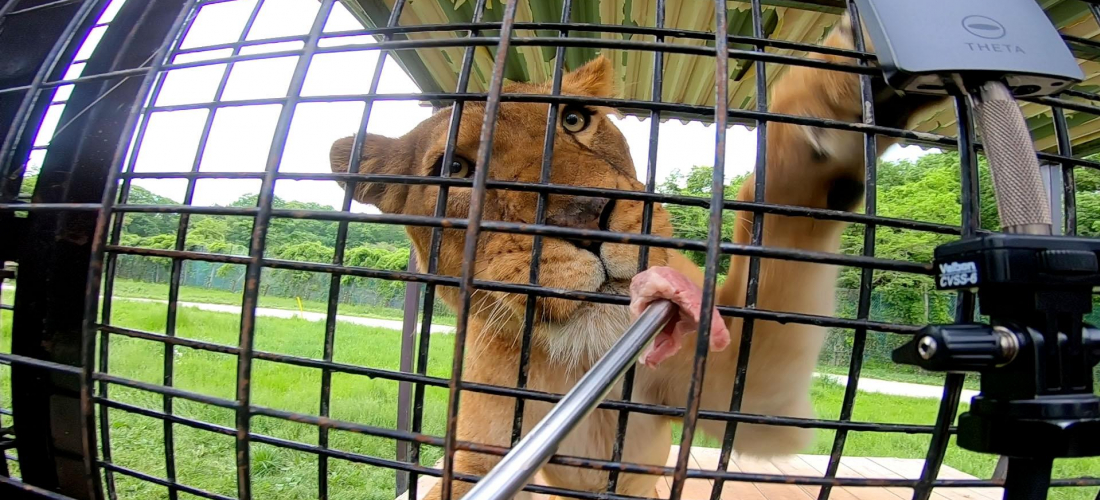
CONTENTS
Get away from Tokyo and into Japan’s scenic countryside – then feed the lions of Nasu, admire the glossy stripes of the tigers of Tochigi, and ogle the fabulous antlers of both antelope and Japanese deer! It’s an African safari, Japanese-style.
Nasu Safari Park
The Nasu area of Tochigi might be best known in Japan for its reputation as a summertime resort. The lush greenery and fresh breezes make it a respite from Tokyo's summer heat, drawing crowds of vacationers every year, including Japan's royal family. (While there are a few imperial vacation homes around Japan, Nasu has been a favorite destination of past emperors!) Of course, the area has been cultivated as an oasis for Tokyo's city dwellers, but that doesn't mean animals can't enjoy the fresh air too! Alongside a famous imperial parkland, Nasu is actually home multiple zoo-type facilities. With so many cool animals to see, it's a fantastic trip from Tokyo for any animal-lovers! The Nasu Safari Park in particular is famous for offering tours among the huge carnivores that prowl the grounds, rare big cats, rhinos, and a whole selection of other herbivores!
Nasu Safari Park (那須サファリパーク)
3523 Takakuotsu, Nasu, Nasu District, Tochigi
Day Safari: 9:00 – 17:00 ・ Adults 2,800 yen/Children 1,900 yen
Night Safari: 18:30 – 22:00 ・ Adults 2,400 yen/Children 1,800 yen
(Business hours may vary – check the calendar here for details.)
Official Website (jp)
Touring the Safari
Time to make our way into the lion's den… literally! There are a few ways to explore the Nasu Safari Park: you can take your own car into the enclosures, rent a compact car or a minivan, or hop onto the Lion Bus or Wild Ride with other park visitors. Each of the options has its benefits: it can be fun to sit in the comfort of your own car (or a rental), and share the experience of squealing at animals passing right by your window, with just your own group. The larger buses, on the other hand, have specially built open walls or cage-type windows, making for a pretty unique experience. No matter how you tour the safari, it's bound to be a blast.
Travel Method Fees
(All methods require an additional fee on top of the standard entrance fees.)
Personal Cars: +500 yen
Rental Cars: 2,000 yen and up
The Wild Ride: 1,200 yen
The Lion Bus: Adults 1,100 yen/Children 600 yen
The Herbivores
Long-eared llamas, pink flamingos, fluffy emus, striped zebras, Nasu Safari Park is home to a whole world of veggie-loving animals! If you like the look of animal horns, the antlers on the park's three different kinds of deer plus multiple varieties of antelope, and even yaks, are sure to please. And let's not forget the magnificent horns found on Nasu Safari Park's white rhinos! While both the rhinoceroses and hippos of this safari can be big and boisterous, they're plant-eaters too! (Plus, the safari has capybaras, quite possibly the friendliest members of the animal kingdom. These giant rodents, with their sweet, lazy faces, can get along with anyone.)
Part of the fun of the safari is feeding the animals as you go by! Keep an eye out for the giraffes' long blue tongues, which will wrap right around any leafy snacks.
The Carnivores
The stars of the show are probably Nasu Safari Park's big cats, the carnivores of the park. While the lions are generally found in their natural state – lounging around taking catnaps in the sun, they're always happy to come get a snack from cars and buses passing through. Using the special tools provided to feed chunks of meat to the park's huge lions and tigers will get your heart pumping, no matter how many safety precautions are in place!
For many, the highlight of the carnivore experience might just be the white lion! This rare variety of lion has pale blonde fur, making its black-rimmed eyes especially striking. One look from this big guy and you'll have no doubts about who's king around these parts.
The Night Safari
For an even more thrilling safari experience, hop on a bus after 6:30 and head into the safari zone in the evening for a night time adventure! Lots of animals actually get more active at night, and the darkness lends the park a whole new atmosphere. Watch the tigers slip out of the dark shadows and slink up close to the bus, and you'll get a real sense of what these cats are like in the wild.
See More of the Park in Our Video! ⇩
As we mentioned, the Nasu Safari Park is the place to go if you want a glimpse of a rare white lion, and maybe to get close to some cool giraffes, but Nasu is actually full of popular animal facilities! If you have a few days to enjoy Tochigi, we'd definitely recommend you include some time enjoying Nasu's greenery, and a trip to the other animal parks as well!
Then let us know how your trip to Nasu goes! We'd love to hear all about your experiences on twitter, instagram, and facebook!
Details
NAME:Nasu Safari Park (那須サファリパーク)
MAP
ACCESS:Nasushiobara Station
COMMENT
FEATURED MEDIA
VIEW MORE
Tokyo Shopping Spot Recommendation: New Balance Kichijoji #newbalance #newbalancekichijoji #newbalancejapan #japanesesneakerheads #shoppinginjapan #japantrip #도쿄여행 #도쿄쇼핑 #뉴발란스 #일본한정 #일본패션 #日本購物 #日本買衣服 #NB #日本時尚 #東京購物 #รองเท้าnewbalance #นิวบาลานซ์ #รองเท้าผ้าใบ #ช้อปปิ้ง #คิจิโจจิ #japankuru

See Kyoto Clearly With Your New Glasses #japankuru #kyoto #jins #교토여행 #진즈 #京都 #교토수족관 #가모가와 #kamogawa #kyotoaquarium

The First Japanese Converse Flagship: CONVERSE STORE HARAJUKU #japankkuru #conversejp_pr #conversejapan #harajuku #tokyotrip #converse #tokyoshopping #匡威 #帆布鞋 #東京購物 #原宿 #日本時尚 #일본쇼핑 #일본컨버스 #일본한정 #하라주쿠 #일본패션 #일본스트릿 #รองเท้าconverse #รองเท้าผ้าใบ #ช้อปปิ้ง #ฮาราจูกุ #คอนเวิร์ส

Japanese Makeup Shopping • A Trip to Kamakura & Enoshima With Canmake’s Cool-Toned Summer Makeup #pr #canmake #enoshima #enoden #에노시마 #캔메이크 #japanesemakeup #japanesecosmetics

⚔️The Robot Restaurant is gone, but the Samurai Restaurant is here to take its place. Check it out, and don't forget your coupon! 🍣신주쿠의 명소 로봇 레스토랑이 사무라이 레스토랑으로 부활! 절찬 쿠폰 발급중 💃18歲以上才能入場的歌舞秀,和你想的不一樣!拿好優惠券去看看~ #tokyo #shinjuku #samurairestaurant #robotrestaurant #tokyotrip #도쿄여행 #신주쿠 #사무라이레스토랑 #이색체험 #할인이벤트 #歌舞伎町 #東京景點 #武士餐廳 #日本表演 #日本文化體驗 #japankuru #japantrip #japantravel #japanlovers #japan_of_insta

Japanese appliance & electronics shopping with our KOJIMA x BicCamera coupon! 用JAPANKURU的KOJIMA x BicCamera優惠券買這些正好❤️ 코지마 x 빅 카메라 쿠폰으로 일본 가전 제품 쇼핑하기 #pr #japankuru #japanshopping #kojima #biccamera #japaneseskincare #yaman #dji #osmopocket3 #skincaredevice #日本購物 #美容儀 #相機 #雅萌 #日本家電 #일본여행 #면세 #여행꿀팁 #일본쇼핑리스트 #쿠폰 #일본쇼핑 #일본브랜드 #할인 #코지마 #빅카메라 #japankurucoupon

Odaiba's DiverCity Tokyo Plaza is home to the famous real-size 20m-tall Unicorn Gundam, and the popular shopping center has even more Gundam on the inside! Check out the Gundam Base Tokyo on the 7th floor for shelves upon shelves of Gunpla, and the Gundam Base Tokyo Annex on the 2nd floor for cool anime merchandise. Both shops have tons of limited-edition items! #pr #odaiba #tokyo #tokyotrip #japantrip #japantravel #PR #divercity #divercitytokyoplaza #tokyoshopping #gundam #unicorngundam #gundambasetokyo #anime #otaku #gunpla #japankuru #오다이바 #다이바시티도쿄 #오다이바건담 #건담 #일본건담 #건프라 #건담베이스도쿄

